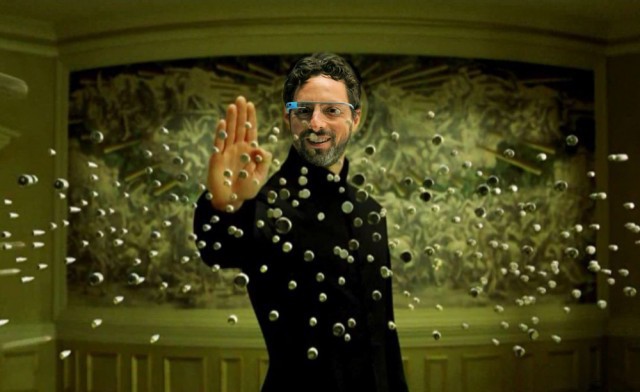Google has developed a matrix-style digital simulator

Google asks the state authorities to certify unmanned vehicles according to the results of virtual rather than real tests. For these purposes, Google has developed an advanced simulator in the style of "Matrix", writes The Guardian. The simulator contains all the state roads, car models, drivers and pedestrians - each with its own autonomous little "intelligence".
Google’s unmanned vehicles have traveled more than 6 million kilometers in the simulator, faced with real-world traffic situations such as undercut cars, wobbling cyclists, and unpredictable pedestrians.
According to existing rules, the automaker must test the new model in “controlled conditions” that are most consistent with the real road conditions. Usually this means using a car test site or blocked city streets.

But the Google proposal makes sense. The company's engineers explain that on computers in the data center they can test the behavior of the car in a wide variety of situations that are very difficult or impossible to create in the current environment. To do this, it would be necessary to block the streets and entire city blocks, use extraneous vehicles and pedestrians, possibly with a risk to their lives.
Google believes that car testing rules do not take into account the use of simulators because it is a relatively new tool. At the same time, Google cannot do without it when finalizing the software.
For example, recently a new emergency braking system was developed for unmanned vehicles. Cars with her drove more than 15,000 km in the simulator. For example, such situations were checked when a car at high speed approaches an intersection. The program calculates the likelihood that the car will be able to stop normally, lose traction during emergency braking and cross the stop line.
“In just a few hours in a simulator, we can test thousands and thousands of scenarios that take decades to actually take,” said Katelin Jabbari of Google. - And it's not just about physics. When modeling a possible accident, the emotional expectations of passengers and other drivers are also taken into account. ” For example, if a truck cuts an unmanned vehicle, then it slows down more than physically needs, because with more severe braking the passenger feels safer.
However, there are critics who are categorically against testing in the simulator. They say that the simulation cannot simulate the real reaction of other drivers to the actions of an unmanned vehicle.
The California Department of Transportation has so far rejected Google’s certification offer for simulator testing. He confirmed that the car should be run-in at the landfill before obtaining permission to sell and freely use such machines.
